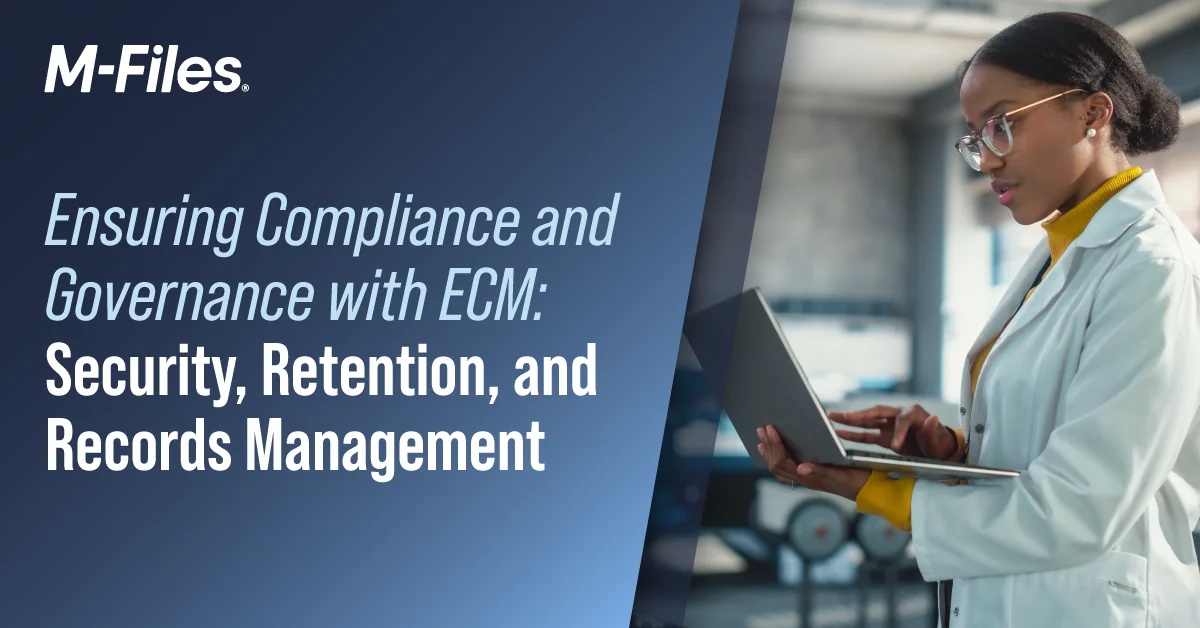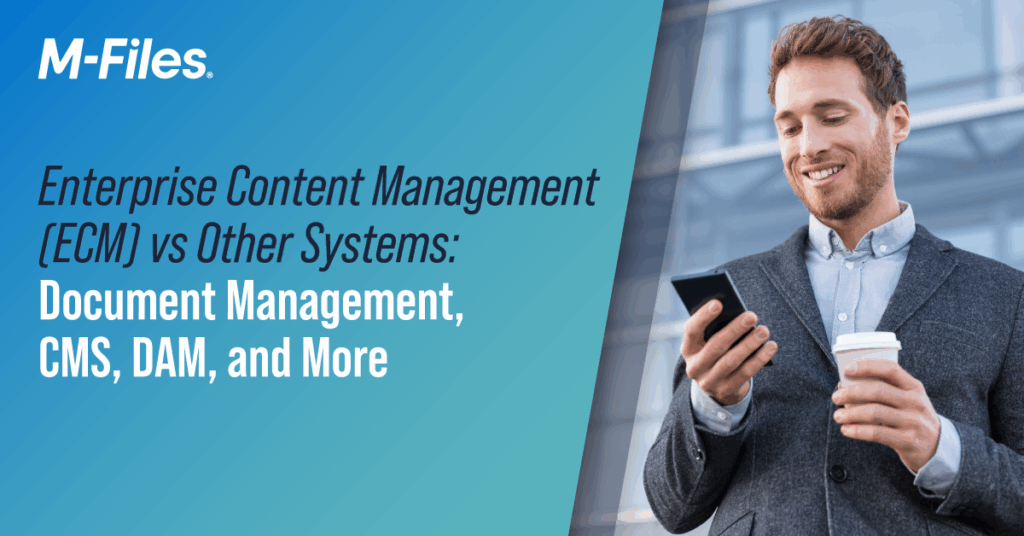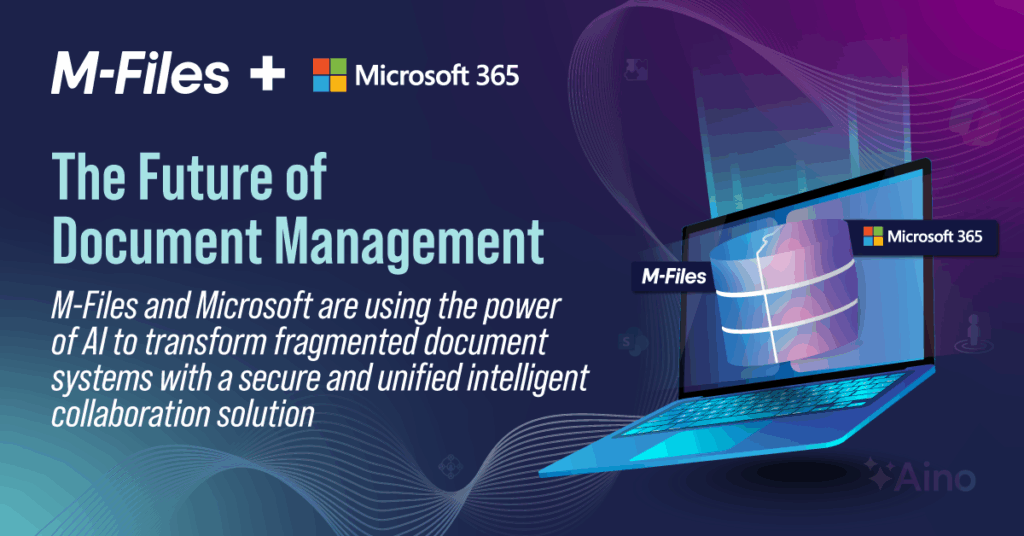ECM for Compliance, Security, and Governance

Ensuring Compliance and Governance with ECM: Security, Retention, and Records Management
Managing information is no longer only about efficiency. Regulations, audits, and privacy laws require organizations to prove they control their content. Enterprise Content Management (ECM) supports compliance and governance by applying consistent rules for how documents are stored, accessed, and retained. It gives businesses both the security to protect sensitive data and the structure to meet regulatory demands.
How does ECM support regulatory compliance and records management?
Regulatory requirements demand that organizations keep records accurate, complete, and accessible. Without a system, files get misplaced or handled inconsistently, creating compliance risk. ECM ensures documents follow defined policies and retention rules, so organizations are always prepared for audits or legal reviews.
Examples of compliance support include:
- Applying retention schedules to ensure records are kept for the required period
- Maintaining audit trails that track every action on a file
- Preventing unauthorized edits or deletions of critical records
- Making documents easily retrievable during audits or investigations
- Supporting industry-specific requirements such as HIPAA, GDPR, or SOX
How does ECM improve document security and access control?
Sensitive information requires protection from both external threats and internal misuse. ECM enforces security policies that restrict who can view, edit, or share content. Instead of relying on open folders or email attachments, access is based on clear rules that scale across the business.
Security features often include:
- Role-based permissions down to the document level
- Encryption for files at rest and in transit
- Multi-factor authentication and secure login controls
- Detailed logging of who accessed or modified content
- Centralized control to ensure consistent enforcement across departments
How does ECM handle data retention and content lifecycle management?
Every document has a lifecycle, from creation to active use to eventual archive or disposal. Manual management of this cycle is error-prone and inconsistent. ECM automates retention and lifecycle management, so content is handled correctly without extra effort from employees.
Lifecycle management typically involves:
- Defining retention rules by document type or business need
- Moving inactive files into secure archives
- Protecting long-term records from accidental deletion
- Automating secure disposal once retention requirements are met
- Ensuring defensible deletion to reduce storage costs and risk exposure
What is records management in the context of ECM?
Records management ensures that important files are preserved as official evidence of business activity. ECM incorporates records management by classifying documents, locking them against unauthorized changes, and applying retention schedules that match business and legal requirements.
This helps organizations:
- Prove compliance during audits and legal proceedings
- Ensure historical data is preserved and accessible
- Reduce risk of relying on outdated or incomplete records
- Avoid fines or penalties tied to poor record-keeping
- Maintain trust with clients, partners, and regulators
How does ECM help with information governance?
Information governance is the framework of policies and practices for handling information across the business. ECM provides the tools to enforce those policies consistently. It ensures data is secure, reliable, and aligned with both operational goals and legal obligations.
Key governance support includes:
- Centralizing all content under one set of rules
- Enforcing permissions, retention, and security policies automatically
- Providing visibility into who accessed or changed information
- Aligning information handling with corporate and regulatory standards
- Reducing the risk of data breaches or inconsistent practices
Your Next Step Toward Secure, Compliant Content Management
Enterprise Content Management strengthens compliance and governance by applying control over every stage of the content lifecycle. It secures sensitive information, enforces retention rules, and maintains reliable records. For organizations facing regulatory demands, ECM reduces risk, improves audit readiness, and ensures information is always handled properly.
For a complete look at how ECM underpins secure, compliant information management, check out our Enterprise Content Management: The Complete Guide.









